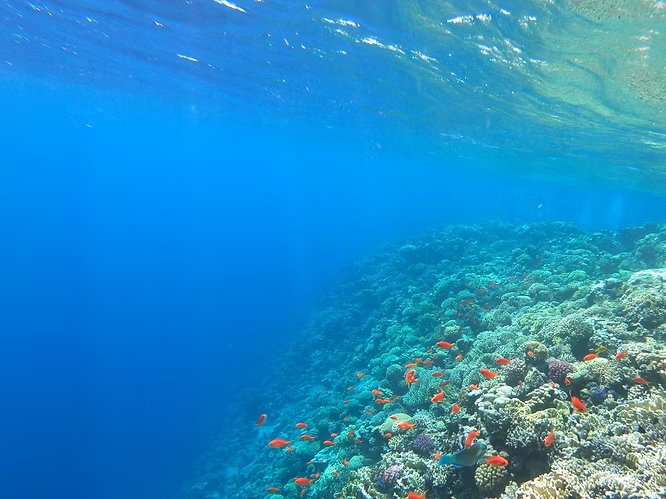The Hidden Power of Tiny Reef Fishes
Encountering a healthy coral reef is like stumbling upon a flash mob in the desert. Colorful fishes swirl around sponges, corals, and sea anemones, creating a vibrant spectacle. But what fuels this extraordinary productivity in otherwise nutrient-poor tropical seas? This question, first raised by Charles Darwin nearly 200 years ago, remains one of marine science’s most intriguing puzzles—often referred to as “Darwin’s paradox.”
Cryptobenthic Fishes: Reef’s Unsung Heroes
Recent research by Simon Brandl and colleagues, including Smithsonian scientist Carole Baldwin, points to an unexpected source of reef nutrients: cryptobenthic fishes. These tiny species—gobies, blennies, dragonets, cardinalfishes, and more—are typically less than an inch long and dart between reef crevices. Though easy to overlook, they are the most abundant and diverse fishes on reefs worldwide.
Sampling in Belize, French Polynesia, and Australia revealed densities of 10 to 20 individuals per square meter. While each fish is small, together they form a massive reservoir of energy for larger reef predators.
The Nutrient Connection
Large reef fishes act like vacuum cleaners, sweeping up these tiny morsels as they emerge to feed. Although the biomass of cryptobenthic fishes at any moment is modest, their rapid turnover makes them an essential energy link. Studies show that around 60 percent of all fish consumed on a reef comes from cryptobenthic fishes.
Their secret lies in their life cycle. Unlike many marine species, cryptobenthic fish larvae stay near the reef instead of drifting away on ocean currents. Combined with their short lifespans—just weeks or months—their rapid reproduction ensures a steady supply of food for larger species.
Modeling Reef Productivity
Brandl’s team modeled reef fish dynamics and nutrient cycling to test these observations. Despite challenges and later refinements to the model, the conclusion held: cryptobenthic fishes are indispensable to reef ecosystems, continuously replenishing themselves and sustaining predator populations. Baldwin explains, their “continuous stream of new generations” makes them daily staples in the reef food web.
Indicators of Reef Health
Despite their resilience in numbers, cryptobenthic fishes can be surprisingly picky—some depend on just one coral species for survival. This makes them highly vulnerable to reef decline caused by warming seas, acidification, and habitat loss. Scientists suggest these tiny fishes may be some of the most sensitive indicators of environmental change on reefs.
Big Lessons from Small Creatures
While charismatic species like sharks and sea turtles often capture our attention, it is the overlooked residents of reef crevices that keep these ecosystems functioning. By focusing on cryptobenthic fishes, researchers are uncovering not only how coral reefs thrive in barren waters but also how fragile this balance can be in a changing climate.
These hidden heroes remind us that even the smallest species can have outsized roles in sustaining life—and that protecting reefs means safeguarding the invisible threads that hold them together.

